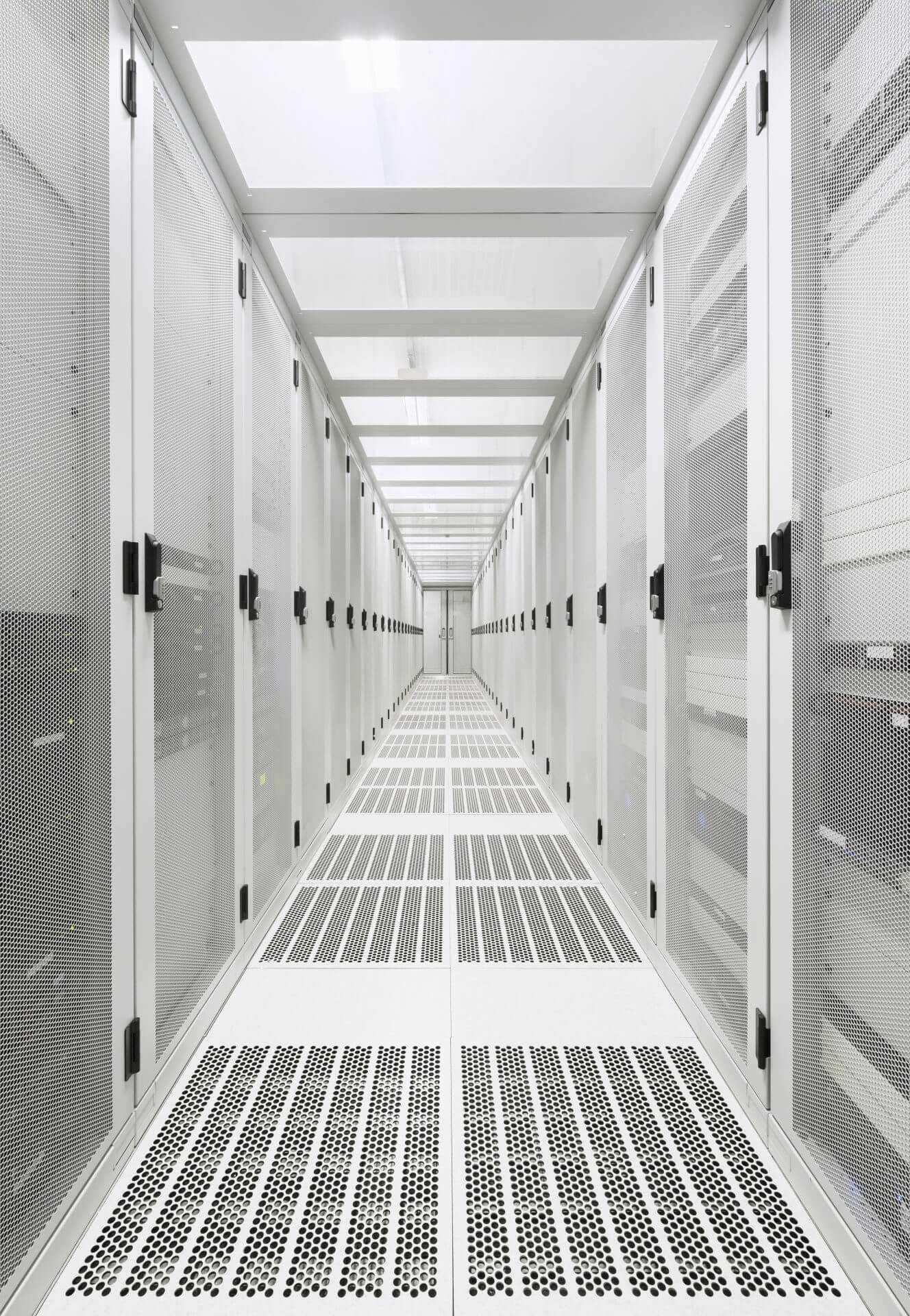
Leading Data Center Technology
Our cutting-edge data center solutions are engineered to provide robust protection for your critical infrastructure, whether it’s on-premises or in the cloud.

Data Center Solutions at CompuNet
Our engineers, accompanied with their architectural expertise, ensure the highest level of performance and peace of mind.
Our solutions include:
Dynamic Resource Allocation
- Optimize resource allocation
- Experience custom solutions
- Get 24/7 support and monitoring
Customized Compute Solutions
- Tailor compute services to unique needs
- Ensure peak performance and reliability
- Provide consistent and dedicated support
Reliable Performance and Support
- Maintain optimal system performance
- Get dedicated support and expertise
- Ensure uninterrupted operations

Personalized Data Center Services
Experience a custom approach from our dedicated team. We’ll help you overcome current challenges and identify opportunities to fortify your data security.

SERVICES
Frequently Asked Questions
A data center is a facility composed of networked computers and storage used to organize, process and disseminate large amounts of data. It plays a critical role in managing business operations, as it houses a company’s most vital and proprietary assets.
Data centers offer a range of benefits that are crucial for modern IT operations, such as:
- Scalability: Businesses can easily scale resources to meet demand.
- Reliability: Data centers offer high levels of uptime, backed by fail-safe systems and regular backups.
- Security: Robust security measures help protect sensitive data.
- Performance: High-performance hardware and networks ensure fast data access.
- Cost efficiency: Centralizing resources in data centers reduces total ownership costs.
- Centralized management: Businesses can manage their IT infrastructure more easily when it’s centralized.
- Environmental control: Advanced cooling and environmental systems optimize hardware performance.
- Business continuity: Disaster recovery options help businesses maintain operations during unexpected events.
- Global reach: A network of global data centers helps reduce latency and improve user experience.
Data center security includes access control, surveillance, environmental controls, and network security protocols to safeguard against unauthorized access, damage, and disruptions.
Security is vital because the data center houses critical business data and applications. Robust data center security ensures business continuity, protects sensitive information, and maintains stakeholder trust.
Data centers are susceptible to a variety of threats, including unauthorized access, cyber-attacks, physical damage, and environmental hazards. A robust security strategy is essential to mitigate these risks and maintain operational integrity.
Conducting regular security audits and vulnerability assessments can help you evaluate your data center’s security posture. These audits will help you identify weaknesses and make sure all security measures are up to date and effective.








